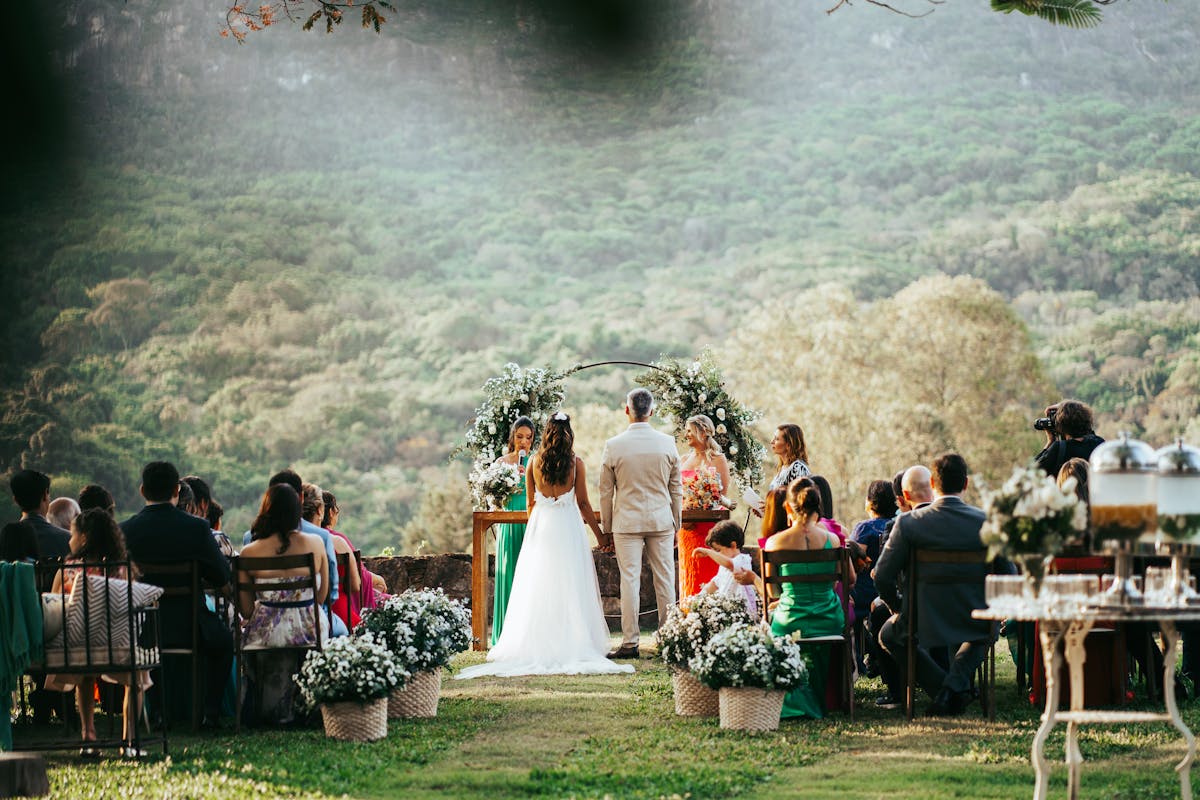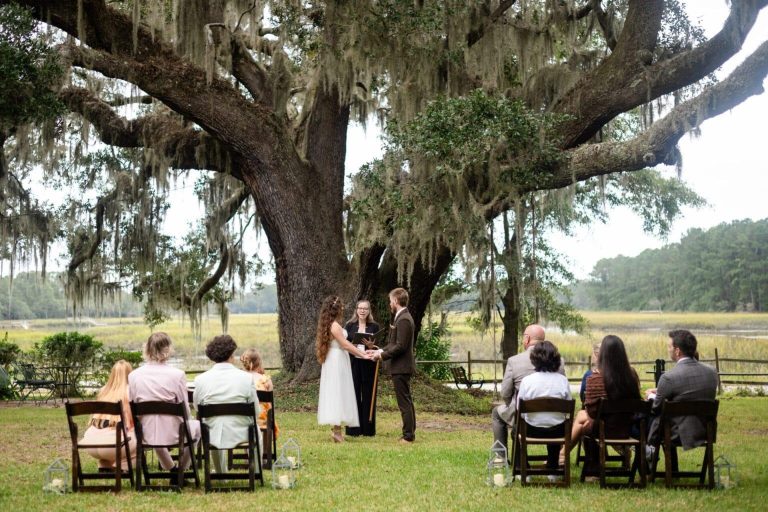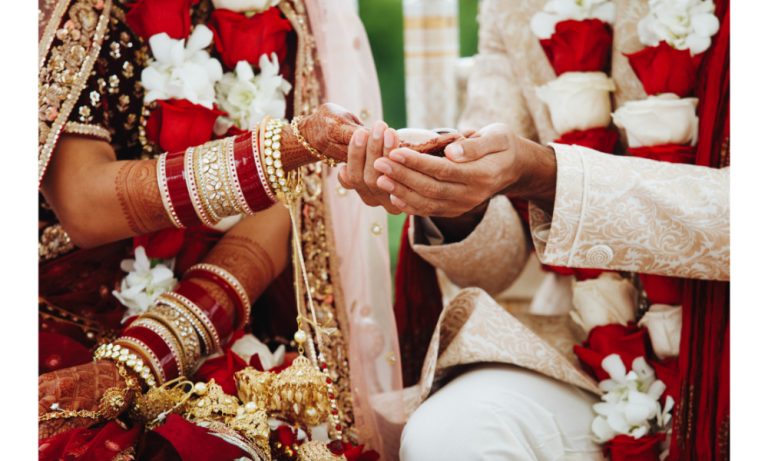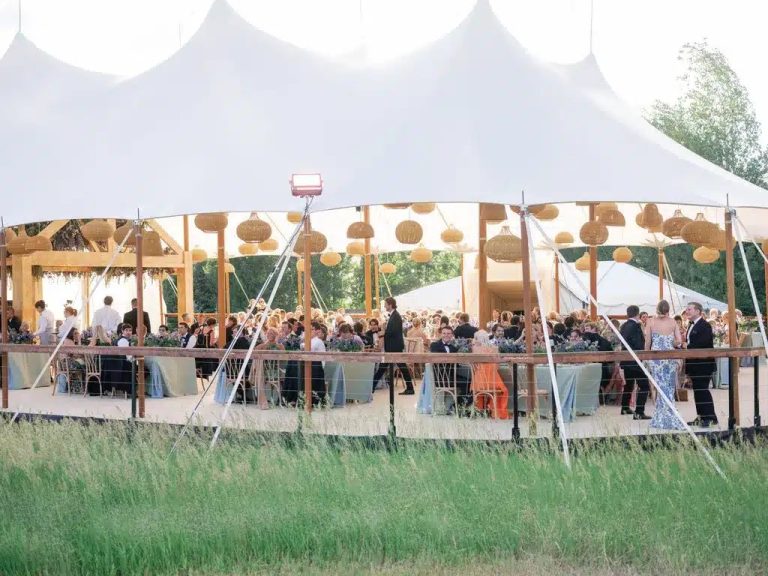
Weddings are more than a ceremony—they are a tapestry of emotions, traditions, and personal stories woven together into a single, unforgettable day. Capturing the entire wedding experience requires more than taking a few posed portraits or candid snapshots. From the intimate moments before the ceremony to the lively celebrations afterward, a photographer’s role is to document not only the events but also the atmosphere, emotions, and unique personality of the couple. With careful planning, technical expertise, and creativity, photographers can create a visual story that preserves memories for a lifetime.
Understanding the Full Wedding Narrative
A wedding is a complex sequence of events, each with its own emotional significance. The morning preparations, including bridal makeup and groom’s final touches, are filled with anticipation and excitement. These moments are often brief and fleeting, yet they are foundational to the day’s story. Capturing these details—jewelry, bouquets, and candid interactions—adds depth to the overall narrative.
The ceremony itself is the heart of the wedding. Photographers must be attentive to the vows, exchanges of rings, emotional glances, and reactions from family and friends. These are the moments that define the day, and each requires a delicate balance of observation, timing, and discretion. Capturing them authentically ensures that the essence of the couple’s love is immortalized.
The Importance of Pre- and Post-Ceremony Moments
While the ceremony is central, pre- and post-ceremony events are equally significant. First-look sessions, bridal party interactions, and quiet moments between the couple offer opportunities for candid storytelling. Similarly, receptions, speeches, and first dances showcase the joy and personality of the celebration. A photographer who anticipates these moments and moves seamlessly between formal and candid shots can craft a comprehensive visual record of the day.
Destination weddings or outdoor celebrations also introduce spectacular views and unique settings into the mix. From sweeping landscapes to historic venues, these backdrops enhance the storytelling by situating the wedding within a larger visual context. Incorporating both intimate details and grand vistas allows the final collection of images to reflect the full scale and spirit of the event.
Blending Candid and Posed Photography
One of the key challenges in wedding photography is balancing candid and posed shots. Posed images provide timeless portraits of the couple and their families, creating keepsakes that will be treasured for generations. Candid shots, on the other hand, capture spontaneous laughter, emotional reactions, and playful interactions that often define the atmosphere of the day. Skilled photographers know when to step back and when to guide their subjects, ensuring a dynamic mix of authenticity and artistry.
Emphasizing Details and Personal Touches
Details matter in wedding photography. Invitations, floral arrangements, table settings, rings, and other personal touches contribute to the uniqueness of the event. Photographing these elements thoughtfully enhances the narrative and provides context for the larger story. Guests’ attire, expressions, and interactions also offer opportunities for storytelling, highlighting cultural traditions, personalities, and shared memories.
Incorporating Fun and Interactive Elements
Modern weddings often feature interactive experiences to engage guests and create memorable moments. A photo booth rental salt lake city is an excellent example, offering guests a playful way to capture candid moments with friends and family. These setups often include themed props, creative backdrops, and instant printing or digital sharing options, adding an extra layer of fun to the celebration. Photographers can complement these experiences by documenting both the activity itself and the genuine reactions it elicits, ensuring a comprehensive representation of the wedding day.
Using Technology to Enhance Coverage
Advanced photography equipment and techniques can significantly elevate wedding coverage. High-resolution cameras, drones, and professional lighting setups allow photographers to capture everything from sweeping aerial views to intimate close-ups with equal clarity. Post-processing techniques, including color grading, retouching, and creative effects, help unify the images into a cohesive visual story that reflects the mood and style of the wedding.
Planning and Collaboration
Capturing the full wedding experience requires meticulous planning and collaboration. Photographers often work closely with couples, wedding planners, and venue staff to anticipate the flow of events and identify key moments. Pre-wedding consultations and site visits allow photographers to familiarize themselves with lighting conditions, angles, and logistical challenges. Clear communication ensures that both the couple’s vision and the photographer’s creative expertise are aligned, resulting in a seamless documentation process.
Creating a Lasting Legacy
The ultimate goal of wedding photography is to create a lasting legacy for the couple. A well-rounded collection of images tells a story that can be revisited and cherished for years to come. From the quiet anticipation of the morning to the exuberant celebrations of the evening, capturing the entirety of the wedding experience preserves not just events but the emotions, relationships, and joy that define the day.
Conclusion
Photographing a wedding is about more than just taking pictures—it’s about capturing the essence of a day filled with love, laughter, and unforgettable moments. By blending candid and posed shots, emphasizing details, incorporating interactive elements like a photo booth rental, and utilizing advanced techniques, photographers can craft a comprehensive visual narrative. From vows to views, each image contributes to a timeless story that preserves the magic of the wedding day for generations to come.






